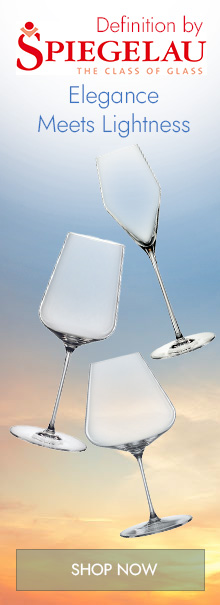Certain wine glasses are recommended for red wine, white wine, sparkling wine, and dessert wine. See information about red wine glasses in the previous installment in this series. Getting such things right is important because they make a difference in the taste of the wine. As always, wine storage is also of key importance, and that’s why custom wine cellars or wine cabinets are investments that true experts and collectors are compelled to make.
Serving White Wine
The bowl is the component of a white wine glass that can distinguish it from red wine glasses. A white wine glass is shaped more like a “U” because the bowls are slimmer. Don’t fill the glass more than two-thirds of the way. This way, the floral aromas can be released plus the cooler temperature can be maintained. The longer stems on white wines encourage holding onto the stem, so that heat transferred from your body to the wine is minimized.
Serving Sparkling Wine
A glass that’s ideal for serving champagne is easy to identify. It’s tall and narrow and referred to as a “champagne flute.” The flute is ideal for all types of sparkling wine. The shape of the glass helps to retain the flavor, as the carbonation is captured and clings to the sides of the glass. The rim is smaller, which also helps to retain carbonation so that the aroma and bubbliness can be fully enjoyed.
Serving Dessert Wine
Dessert wines come in a wide range of sizes and shapes, including port glasses, sippers, and sherry glasses. A primary characteristic of dessert glasses is that they are compact, for the purpose of accentuating sweet flavors and full-bodied aromas. As the name implies, dessert wine is traditionally served after dinner. It is sweeter and higher in alcohol content than other wines.
Wine Storage–Before Serving
Before you ever select the correct wine glass for serving wine with dinner, hopefully your wine has been properly stored. Custom wine cellars and wine cabinets maintain the temperatures needed to protect the flavor of the wine. Learn about optimal wine serving temperature and allowing wine to breathe in this continuing series on becoming a wine connoisseur.






